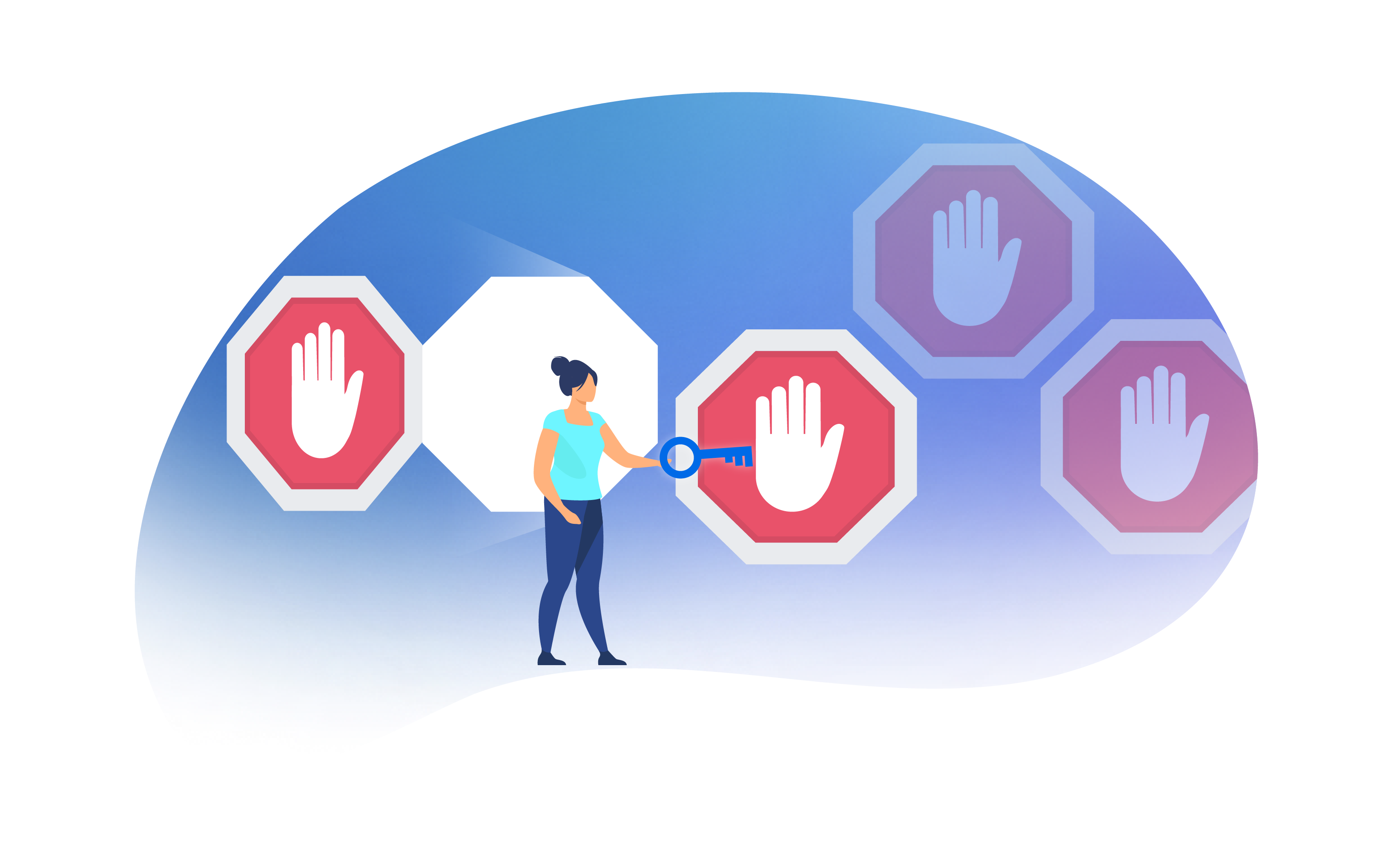In this post we will review :
Everyone seems to be talking about disruption and innovation, including those within the legal sector. We always hear about new advances in legal tech, like:
- AI-powered due diligence
- Judicial decision making based on machine learning
- Legal chatbots
- Smart contracts
- Blockchain contracts
- Document automation
- Natural language processing for legal research
- Robotic process automation
- Contract lifecycle management
Despite this chatter, the uptake of new digital solutions has been muted in some parts of the legal services industry. Some think this is due to lawyers’ natural, risk-averse attitudes, which they adopt to protect their clients from uncertainty. However, this seems a remarkably convenient excuse for legal technology vendors and their failure to persuade lawyers to use legal technology effectively. The onus of persuading a departure from centuries-old tradition sits firmly with the proponents of change. Legaltech vendors’ historical reluctance to listen and communicate openly with lawyers’ highly bespoke needs, to reassure and convince, should shoulder most blame for the shortfall in legal tech adoption.
Even with the backdrop of these historic shortcomings by legal technology vendors and a lack of legal tech adoption across the board, the broader revolution in legal services delivery has been far from on pause, it’s exploded! Alternative legal service providers and the likes of Avvo, LegalZoom and Rocket Lawyer have ridden the crest of this revolutionary wave in legal services delivery innovation. Firms with these sorts of more commoditised, modern product offerings continue to grow exponentially and proliferate. Legal tech startups seem to be rising as well. However, many legal technology vendors have still managed to break out, with numerous blockbuster successes.
Each day there seems to be a new player emerging, making the legal tech world exceptionally difficult to keep up with. However, legal technology should not be an intimidating topic! In this post, we will demystify legal tech. We will give you all the instructions you’ll need to successfully and effortlessly take your first steps on the path to legal tech innovation.

Is good enough, good enough?
“There’s a way to do it better…find it”.
Thomas A. Edison
How should I innovate my business? Where should I start? These are the questions that legal services providers have been asking themselves for years. These questions are more relevant than ever, as COVID-19 has accelerated the process of legal tech adoption, at least in the short term. The good news is that legal services providers have a vast array of tools to choose from to implement their innovation, but the bind remains which ones to pick.
Even in the context of the dawn of the legal tech revolution, it’s important to preface any discussion by acknowledging that no one is going to change the way they practice law completely. According to Michel DeStefano, the adoption of innovation in the legal services industry should be about TNT. And not the explosive! But “Tiny Noticeable Things”, incremental changes and improvements that give you lasting value, but don’t depart too far from what you do already (and which is generally working fine anyway).
Legal innovation is doomed to fail wherever its proponents seek to overhaul a legal practice overnight entirely or to adopt absolutely every kind of hyped-up legal tech product that’s available. Great legal innovation involves gradually introducing changes to the ways you work and just keeping an open mind about trying new ways of getting things done. That said, it can be richly beneficial to stay ahead of the game! Legal practitioners that have open dialogues with legal technology vendors and experts and who keep up with the latest emergent technologies get access to the new tools on a discounted basis and can steal a competitive march on competitors in terms of healthier margins and better external marketing opportunities.

Don’t worry, AI or a terminator-type robot is not going to replace lawyers; the retirement of the typewriter did not dispense with the need for smart and commercial legal minds. Automation, AI and similar technologies are there to help lawyers and to supercharge what they can achieve. These technologies can be a great tool to do away with routine, repetitive and mechanical tasks. They allow lawyers to concentrate on more creative work and do what they should do best: debating legal problems and commercial considerations and then providing quality legal advice to clients. Legal innovation is there to make our lives simpler, improve speed, reduce risks and minimise errors. Take advantage of the tools you have at your fingertips!
However, careful thought must be given to where legal practitioners integrate legal tech into what they do. Richard Susskind argues that when introducing new legal technologies “the challenge is to innovate, to practise law in ways that we could not have done in the past”. In other words, it is about enabling lawyers to do more and better things, rather than just doing away with their biggest bugbears using technology, which can also be very rewarding in its own right! Running with the example of document automation, we can’t call ourselves legal innovation evangelists as soon as we have automated the drafting of our NDAs, we should look to automate the creation of our most complex agreements too.
Why bother with legal tech at all?

If something is not broken, why fix it? Well, because legal tech innovation can still enhance the way you work, even where you are, frankly, nailing it already!
The most immediate benefit of most legal tech tools is the ever-glamorous bonus of increased efficiency. Richard Susskind gives an excellent analogy in his book Tomorrow’s Lawyer illustrating how this benefit can accrue even for the most experienced and adept legal practitioner. He talks about the experienced taxi driver that knows all the streets of a city and who may have spent years perfecting this knowledge. However, this driver’s daily driving would still be enhanced by the use of a modern sat-nav due to its live traffic updates.
Essentially, adding tech into what legal practitioners do is about combining their existing and enviable expertise with insights and data that can only be gained through supplementing your experience with technology. Take the example of contract drafting. A 15PQE solicitor is likely to be outstanding and rapid at contract drafting due to their wealth of knowledge. However, where document automation is used to take care of all of the most boilerplate drafting, all this does is buy the solicitor more time to focus on doing their most complex and bespoke drafting and taking client instructions.
The most successful law firms hold their clients as their central focus, and that is why they thrive. Legal technology, particularly tools like document automation, often expedite the speed with which consistent and exceptional quality work can be provided to clients, which clients love! Lawyers can reduce the scope for mistakes by reducing manual inputs and also lessen the required intensity of review of junior practitioners’ work by supervising lawyers. All of this means is that providers who use legal tech (like document automation tools) can deliver work, of the standard that clients are accustomed to, quicker and at a lower cost, leading to a clear competitive advantage. Finally incorporating legal technology can be a great opportunity to thrive in these uncertain times.
Innovate with legal tech today
Start piloting. And no, you don’t need to get flying lessons for that. Try new products! Reach out to the vendors whose products you find interesting. Most legal tech products out there will offer you a demo or free trial. If you like what you see, you can get started with a pilot or proof of concept project to assess how the technology fits your existing working culture and how impactful it can be for you and your colleagues. If the pilot is successful, great!
Some legal tech vendors offer free teach-ins, workshops, beta-testing lab sessions or even full-blown legal tech academies. You can readily and freely try new technologies and provide feedback to improve them. Nobody knows better what is needed from a legal tech product than a potential user. Try new legal tech features and functions first. Take the chance to see and shape the future of legal tech before everyone else lives it! Be a pioneer!

Organise or participate in a legal hackathon. Hackathons come from the tech world but have started to appear in the legal environment too. They are events in which multidisciplinary teams collaborate to create prototype solutions with the help of technology. Many are designed to improve access to justice or help vulnerable people with innovative legal tech ideas. These experiences are great to improve the creative side of everyone involved. It can help you to get your colleagues to challenge and change their mindset. Some truly great ideas have been launched out of these initiatives!
Visit legal tech incubators (virtually for now!). Take, for example, Allen & Overy’s FUSE, an innovative space designed to bring together legal tech startups and drive legal innovation. Companies housed in these spaces are always working on the newest projects, open to sharing ideas, meeting new legal practitioners and exchanging advice. Ask which webinars and conferences to attend, which podcasts to listen to and which blogs and articles to read to stay in the loop!
Get innovating with legal technology! Start gradually, and identify your most significant pain points before adopting too many tools. Begin with the products that address you and your colleagues’ most time-consuming daily tasks, and you won’t go far wrong. Remember that small, smart changes often have the most significant impact.





